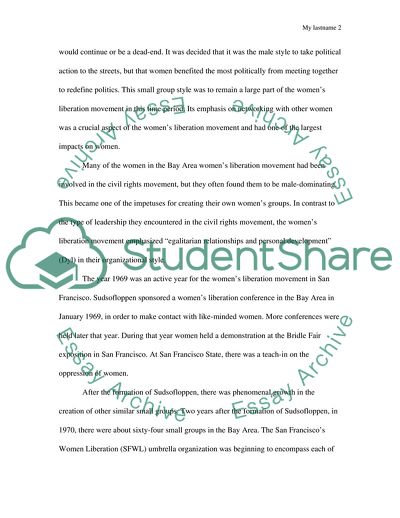Cite this document
(Feminism in the 1960s and 1970s in California Assignment, n.d.)
Feminism in the 1960s and 1970s in California Assignment. https://studentshare.org/sociology/1707079-feminism-in-the-1960s-and-1970s-in-california
Feminism in the 1960s and 1970s in California Assignment. https://studentshare.org/sociology/1707079-feminism-in-the-1960s-and-1970s-in-california
(Feminism in the 1960s and 1970s in California Assignment)
Feminism in the 1960s and 1970s in California Assignment. https://studentshare.org/sociology/1707079-feminism-in-the-1960s-and-1970s-in-california.
Feminism in the 1960s and 1970s in California Assignment. https://studentshare.org/sociology/1707079-feminism-in-the-1960s-and-1970s-in-california.
“Feminism in the 1960s and 1970s in California Assignment”. https://studentshare.org/sociology/1707079-feminism-in-the-1960s-and-1970s-in-california.


